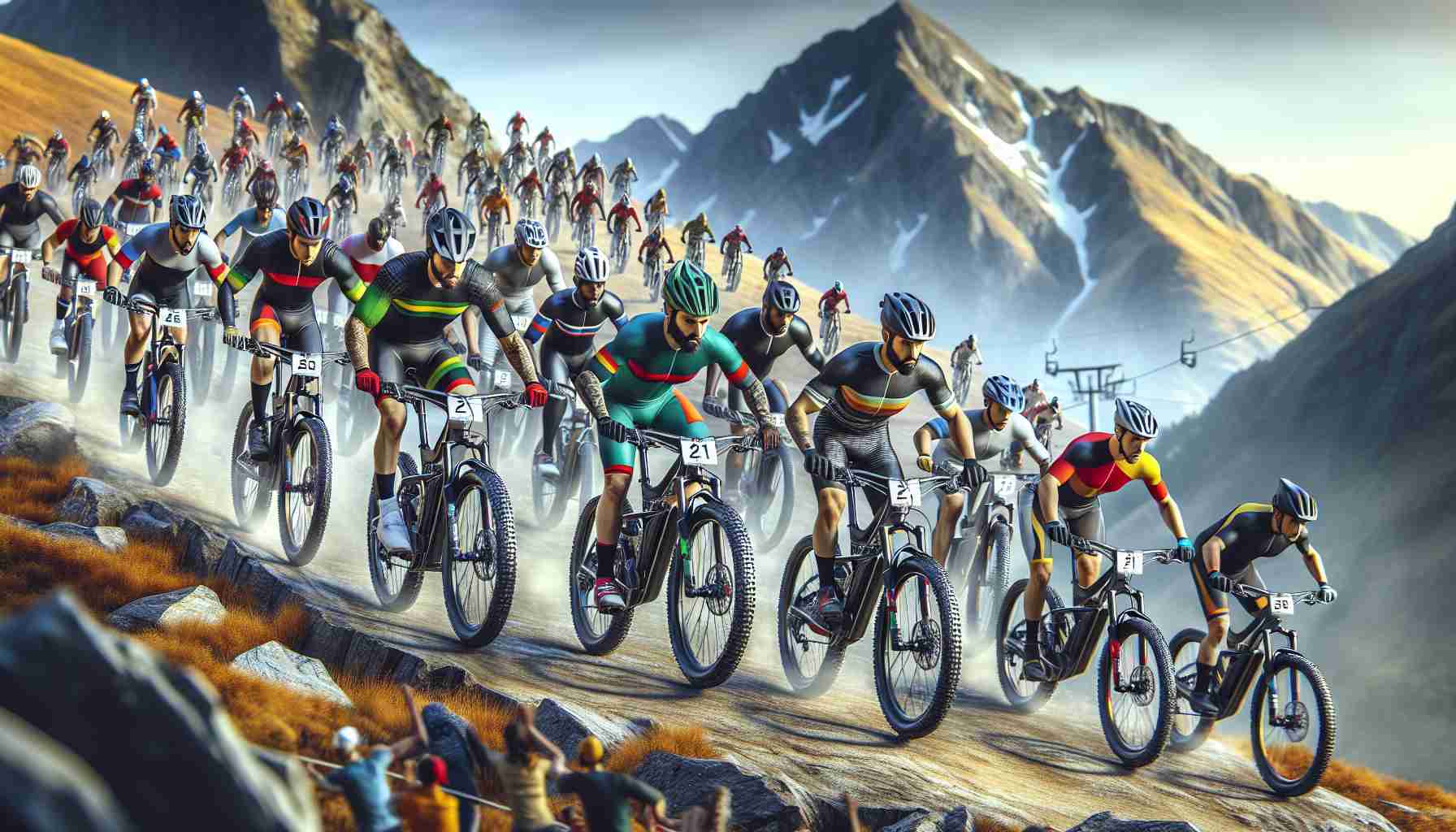Electric mountain bikes (eMTBs) have seen a surge in popularity, and it was only a matter of time before they entered the world of mountain bike racing. The introduction of eMTB racing has sparked debates within the racing community, as this new discipline makes its mark on the World Cup calendar.
eMTB racing involves the use of electric mountain bikes in competition, following similar formats to existing pedal-powered mountain bike races. The two prominent disciplines in eMTB racing are enduro and cross-country.
In enduro races, eMTBs have become a common sight, with sub-categories within the race itself. These races consist of timed descents and untimed transitions, and some events feature uphill “power stages” to push competitors and their motors to the limits. The popularity of eMTBs has led to the inclusion of ebike categories in most enduro races, from local events to world-level competitions.
Electric cross-country (XC) racing has its own standalone UCI World Cup series known as the World Ebike Series (WES). In these races, competitors take on multiple laps of a course, covering a distance of 20-30km with significant elevation gain. The top performers in the World Cup series qualify for the annual World Championship event.
The history of eMTB racing dates back almost a decade when the first event took place at the Sea Otter Classic in 2016. Since then, eMTB racing has grown, with official UCI World Cup events and championships established.
Rules and regulations govern eMTB racing. These include inspections of bikes, limitations on motor speed and power, and restrictions on battery usage. Non-compliance with these rules can result in disqualification or penalties.
Speculation about the future of eMTB racing often centers around the possibility of it replacing non-assisted disciplines. However, experts believe that this shift is unlikely to happen anytime soon. Instead, the development of eMTB technology is driving race organizers to enhance their events to match the capabilities of these advanced bikes.
One exciting development in eMTB racing is the separation of e-enduro races from non-assisted enduro races. This change allows top enduro athletes to participate in eMTB racing without missing out on their main race. The unique elements of the e-enduro course, including downhill and uphill power stages, provide incentives for enduro racers to explore the world of eMTB racing.
As eMTBs continue to gain popularity, it’s clear that electric mountain bike racing is here to stay. With its unique challenges and thrilling competitions, eMTB racing adds a new dimension to the world of mountain biking.
The eMTB industry has experienced significant growth in recent years due to the increasing popularity of electric mountain bikes. According to market forecasts, the global eMTB market is projected to reach a value of $XX billion by 2027, with a compound annual growth rate (CAGR) of XX% from 2020 to 2027. This growth can be attributed to several factors, including the growing adoption of e-bikes as a mode of transportation, technological advancements in eMTB design, and the expansion of eMTB racing events.
One of the key issues related to the eMTB industry is the debate surrounding the use of electric assistance in mountain bike racing. Traditionalists argue that eMTBs provide an unfair advantage, as riders can rely on the motor for assistance, while others believe that eMTB racing opens up opportunities for more people to participate in the sport and enjoy the benefits of mountain biking.
Another challenge for the eMTB industry is ensuring that race events and regulations are effectively implemented to maintain fairness and safety. Organizers of eMTB races must establish clear rules regarding the use of motors, battery limitations, and technical inspections to prevent any potential advantages gained through non-compliance. Additionally, the development and enforcement of standardized regulations at both the national and international levels are crucial for the sport’s growth and credibility.
As the eMTB racing landscape continues to evolve, industry experts anticipate the introduction of new race formats and categories. These developments aim to cater to different riding styles and skill levels, further diversifying the eMTB racing scene. Additionally, advancements in eMTB technology, including improvements in motor power, battery efficiency, and overall performance, are expected to enhance the racing experience and push the boundaries of what is possible in competitive mountain biking.
For more information on the eMTB industry and racing, check out:
emtbracing.com – an online platform that provides news, updates, and resources related to eMTB racing worldwide.
emtbforum.com – a community-driven forum where enthusiasts can discuss eMTB racing, share tips and experiences, and connect with fellow riders.
uci.org – the official website of the Union Cycliste Internationale (UCI), the governing body for professional cycling, which provides information on eMTB regulations, race schedules, and official rankings.
As eMTB racing continues to gain traction and attract more riders and spectators, it is clear that this exciting discipline is here to stay. The fusion of technology and athleticism in eMTB racing offers a unique and thrilling experience for both participants and fans, contributing to the growth and development of the overall mountain biking industry.


















